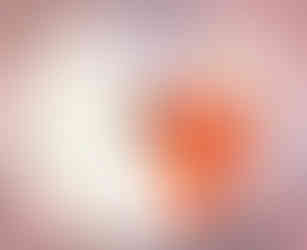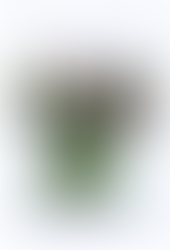Positions and Practice – Experiment 3
- josutherstphotography
- Jan 11, 2017
- 3 min read
“The enemy of photography is the convention, the fixed rules of ‘how to do.’ The salvation of photography comes from the experiment.”
– Laszlo Moholy-Nagy
To explore how I could digitally manipulate images utilising cropping, layering, collaging, image morphing and stylising techniques, I have produced a series of images based on feedback and ideas from others. I have also used hand illustration pre and post Photoshop editing on some of them. In all cases I used Winsor and Newton drawing inks.
Each image is individually created based on the effect required.
The above images have the same base image. ‘Hybrid’ was created using pen and ink to add spines and a tail to the base image. The photograph was printed onto semi gloss Permajet photo paper. I scanned the inked image into the computer. This was then manipulated, I desaturated the colours a little and a background was added. Personally I prefer the image without the background but have definite areas for improvement in the manipulation of the inked photograph. My next experiment trialled further manipulation techniques.
The next manipulated image (‘Woodland Pixie’) was created from another inked photograph (printed on semi gloss Permajet photo paper). The resulting image was again scanned, manipulated and montaged onto a background in Photoshop. The final image is, in my opinion, a more successful product. Others have commented that they particularly liked this image in the portfolio. One viewer felt it was a strong manipulation that embodied what a woodland pixie might be like.
The next image I experimented with was the the mermaid fairy. The original image (printed on canvas textured photo paper) had a dried oak leaf glued to the back of the subject. The glue used was décopatch Paperpatch glossy glue. Once dry, the leaf was also inked over to add colour and interest. Once scanned, the image was manipulated and collaged onto a photograph I took earlier in the year at West Bay, also known as Bridport Harbour. This is on the English Channel coast in Dorset, England.
The resulting mermaid image is quite successful and has an interesting composition. A viewer has commented that the image is ‘strangely attractive but I had difficulty making sense of the image’. They felt that the final image depicted an unexpected outcome for a mermaid. The replacement hand looked odd to them as they expected to see a normal or webbed hand. The viewer commented that they did not understand the ‘weird plant like structure at the back of the mermaid’. This is useful feedback as it provides a basis for future images. I will experiment with expected elements (from folktales and current imagery) and unexpected elements (created in a non-structured manner).

Figure 7: Sutherst 2016

Figure 8: Sutherst 2016
The above two images are predominantly montaged images with some manipulation in Photoshop. For both images, the subject specified what kind of creature they wanted to be. The first is titled ‘Bat fairy with hippo feet’ and the second ‘Troll goat fairy’. Both subjects are particularly pleased with their resulting images. Reflecting on this process, I haven’t really explored why they wanted to be these creatures. This is a development point for future images.

Figure 9: Sutherst 2016

Figure 10: Sutherst 2016

Figure 11: Sutherst 2016
Each of the three above images were composites of photographs that I have previously taken. In each case, the subject has specified exactly what kind of fairy they want to be. Each image as been well received by viewers. Feedback has been received on possible alterations to the butterfly image. In particular, it has been suggested that I consider ‘removing the creases in the leotard’. The subject and I did discuss the time of image capture and we decided that we wanted her to look like she had a butterfly segmented body. I will however take this feedback on board and create a version with smoothed out creases to see what the impact is.
Again the subjects are pleased with their resulting images. I feel that these images are successful and am pleased with how they finished up. As above though, I haven’t really explored why they wanted to be these creatures. This is a development point for future images.
Moving forwards I will be engaging further with my subjects to understand why they want to be particular creatures / fairies. I will use this in the evaluation and production of the images. I also need to improve the level of sophistication of all images that I produce. An experiment planned is to try to improve the overall appearance of the images by using a model covered in body paint photo rather than ink the images after. This session will produce images that I can compare and contrast with images that are inked as part of the post production process.
Watch this space for future blogs.
REFERENCES
Laszlo Moholy-Nagy quotes – Art Quotes . 2017. Laszlo Moholy-Nagy quotes – Art Quotes . [ONLINE] Available at: http://www.art-quotes.com/auth_search.php?authid=4664#.WHY69mSLQlU. [Accessed 11 January 2017].














Comments